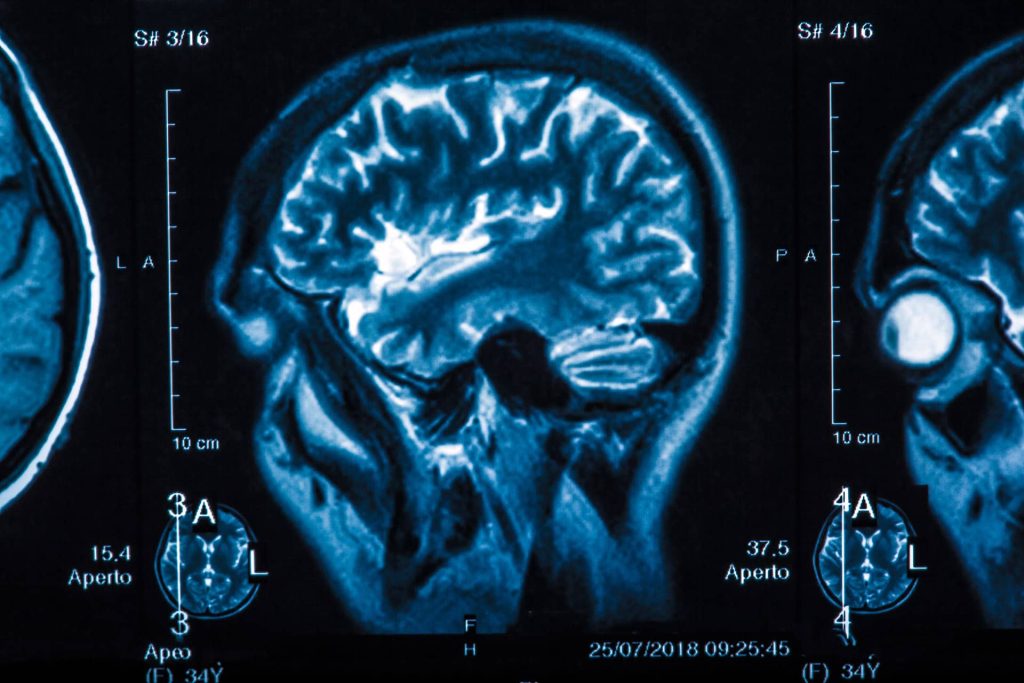Prognostic Models for Brain Cancer

Each year, almost half of all diagnosed primary brain tumors in the United States are Grade IV glioblastoma multiforme (GBMs). While recent efforts have begun to uncover the genetic pathways involved in this cancer’s etiology – and potential methods for treatment – arguably, no specific prognostic model has arisen (and been sufficiently validated) to provide widespread usability and individually tailored predictions about a patient’s prognosis, let alone suggest optimal treatment.
This work focused on the development of a Bayesian belief network (BBN) for predicting outcomes for GBM patients. This research effort first looked to validate a BBN developed using two NIH datasets: the National Cancer Institute (NCI) Rembrandt Project; and the Cancer Genome Atlas (TCGA). Working with our clinical investigators, we developed a BBN topology for representing GBMs and to compute the required conditional probabilities from these public resources. Model variables encompassed the full spectrum of available observations (demographics, initial presentation, histopathology, treatment, imaging, performance scores, end outcomes, etc.). This Rembrandt-TCGA BBN was then evaluated against conventional statistical models (e.g., multivariate logistic regression, Cox proportional-hazards regression) to assess predictions of time to prognosis and time to survival. Next, we compared the Rembrandt-TCGA BBN’s performance against an unseen population at UCLA; this assessment informed to what extent the nationally-derived BBN could be applied to different GBM populations at other institutions. We also investigated the extension of the Rembrandt-TCGA BBN to add site-specific variables to improve prognostic predictions, including symptoms, sequelae, and additional quantitative imaging findings. The BBNs were also be extended to capture temporal information, resulting in a dynamic belief network (DBN) that represents specific phases of the cancer’s evolution and treatment. The result of this endeavor was a set of tools and awell-validated disease model to provide more tailored information and guidance to physicians about GBM patient outcomes.
